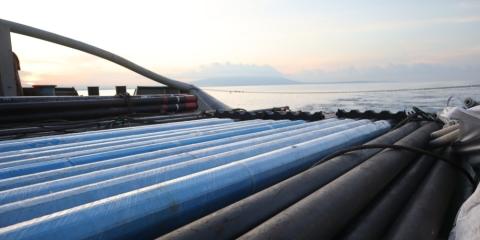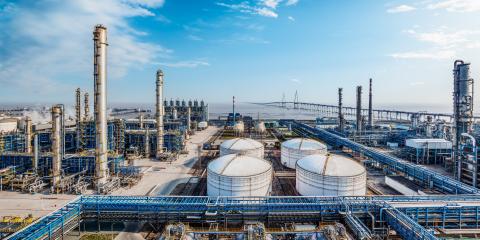Anglo American’s Capitulation Is a Sign of Things to Come
Anglo American’s surprise announcement this week of yet another shock-and-awe downsizing provides more than a hint about where coal markets are going.
Burdened by excessive financial leverage and hammered by falling commodity prices, the global mining titan is desperately restructuring in an effort that will include a campaign sell many of its assets into a massively depressed market. Among them: South African and Australian coal mines that produce a combined 50 million tons per annum of coal, no immaterial quantity.
Shareholders reacted to the news in a predictable way, pushing the company’s share price to a new five-year low. Anglo American’s market capitalization is now down 35 percent in one month and 90 percent over five years, a worse performance than even Glencore, the No. 1 mining conglomerate in the world, down 85 percent since 2010. Who else presents as remotely a jarring example of wealth destruction? Peabody Energy comes to mind, a once-mighty coal company that has shed 98 percent of its value in five years and is now a micro-cap stock.
Several key points from Anglo American’s announcement:
- The company will write off an additional US$3.7-4.7 billion of shareholder wealth in its December 2015 half-year results. Its coal division will contribute an undefined but material chunk of this wealth destruction.
- It will slash capex spending to $US2.5 billion per annum by 2017, down from US$6 billion in 2014.
- At current spot prices for commodities and currencies, Anglo American will have negative free cash flow of US$1bn in 2016, even after cutting capex and ceasing dividends.
- Anglo American will exit 2015 with an estimated net debt of US$13.0-13.5 billion double its market capitalization. Excessive financial leverage gives management no room to move as commodity prices continue to fall.
- Analyst questions around the announcement centered on the risks of solvency, and in targeting US$4 billion of asset sales, the company acknowledged its investment grade debt rating is at risk.
- The company will focus on diamonds, copper and platinum, a clear implication that its coking and thermal coal assets are on the chopping block.
- A number of existing mines will be closed or put in care and maintenance. No details as to when and where are available as yet, but coal will likely be involved.
Much was left unsaid, but is part of Anglo American’s problem nonetheless:
- Most other global coal titans, including Rio Tinto, Vale, Peabody, Glencore, Whitehaven are also trying to find equity investors to take coal assets off their hands. It is a crowded space with few buyers. (New Hope Corporation shareholders must be wondering why that Australian company moved so decisively to pay a rich premium over book value for a 40 percent stake in the breakeven Bengalla thermal coal asset of Rio Tinto last month.)
- The company is surely regretting having squandered vast sums over the past few years fighting unsuccessfully for ill-advised new coal projects like its Drayton South coal mine in New South Wales, a project that was denied approval permits just this month.
- Investors who have abandoned the U.S. coal industry, whose stock values have been decimated, are likewise capitulating on the global coal industry.
It all sounds like acknowledgement across the board of structural market change and a reflection of growing doubts that any cyclical recovery will save the day. Forecast: Financial markets will move capital to the industries of the future and support more technology innovation.
Tim Buckley is IEEFA’s director of energy finance studies, Australasia.















